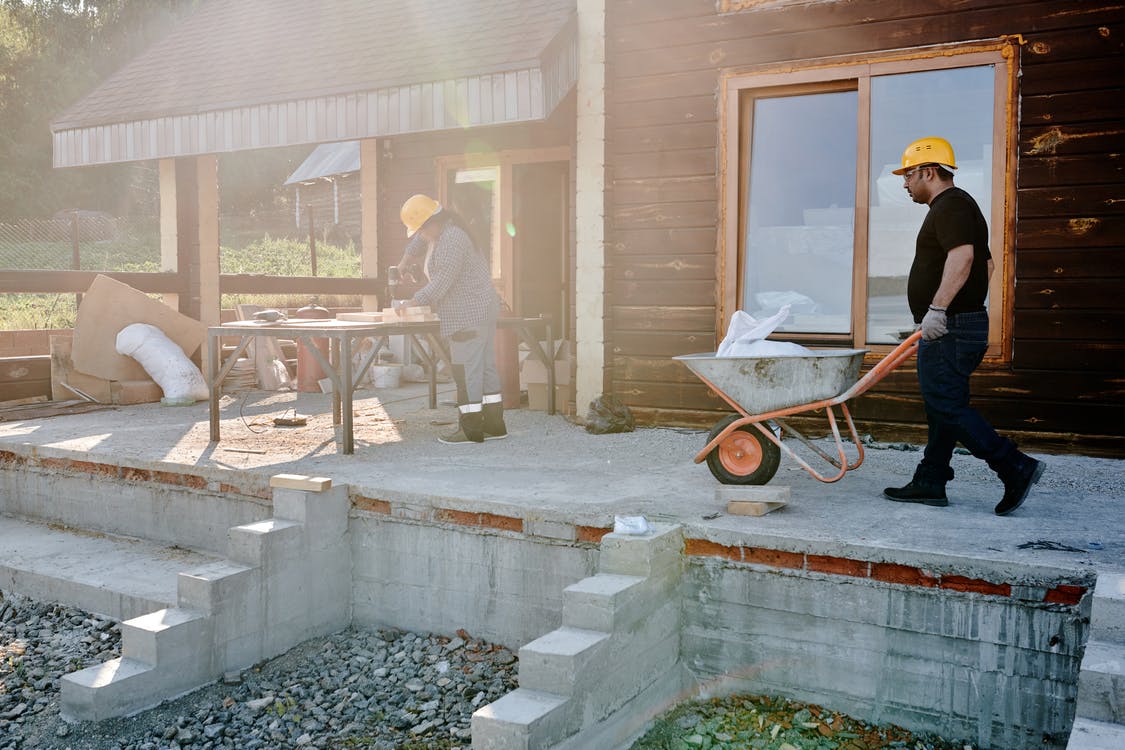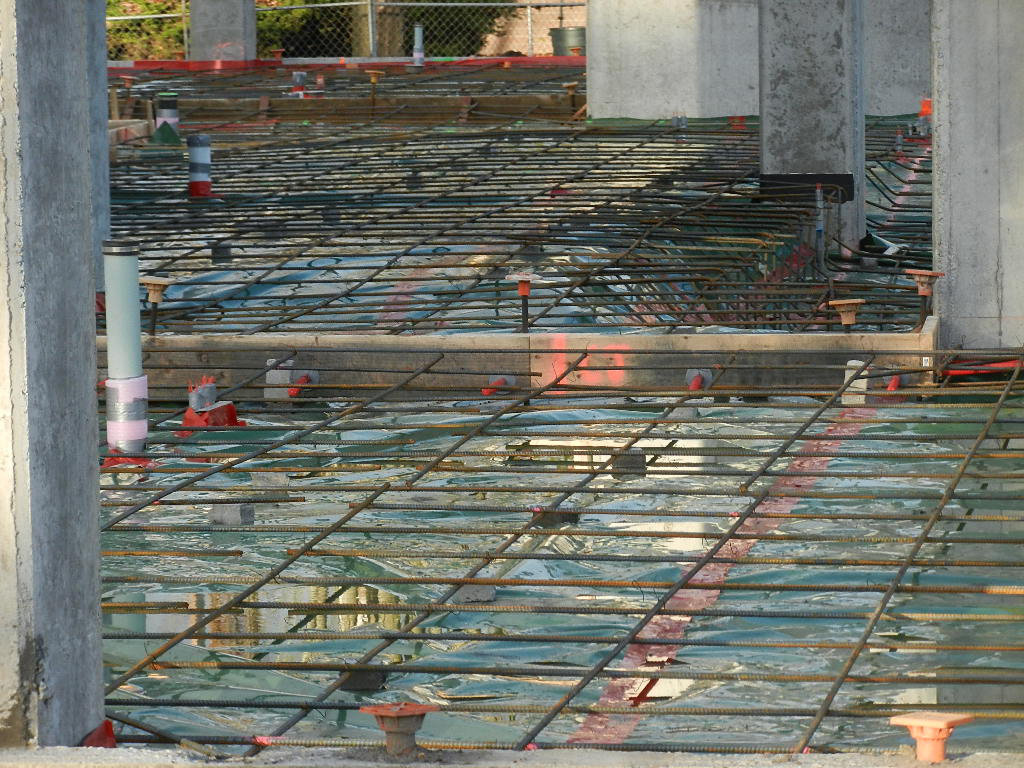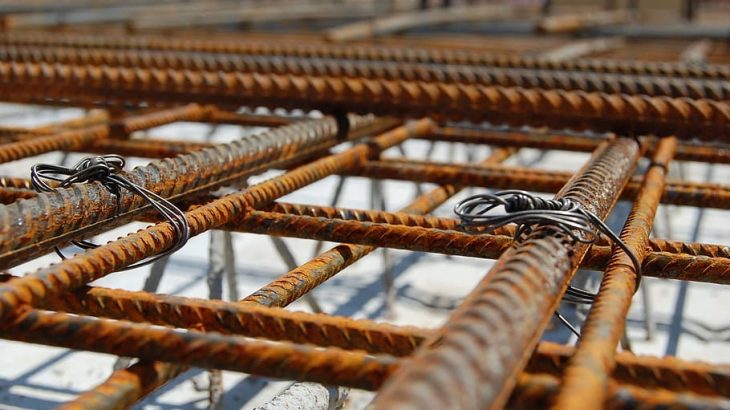Do you have a floor to flatten? The liquid or lean screed covers the floor and heats it. Pouring a liquid screed makes it possible to have a flat and smooth surface so that laying the floor covering becomes easy. So, without further ado, let’s dive into this blog and learn some of the things you need to know about liquid screed.
What does liquid screed pouring consist of?

The pouring of screed is considered as finishing work in a building. The screed is a layer of liquid mortar based on cement or anhydrite. Both offer the same advantages: ease of application and perfect smoothness. The pouring of liquid screed can be implemented both inside and outside a building.
The goal is to obtain a perfectly horizontal and smooth floor. You have the choice of covering it with a floor covering or using it as it is. The fluid screed is implemented in a building under renovation or under construction. It is in great demand in private homes, in tertiary buildings and in commercial premises.
What is the benefit of pouring a liquid screed?
Light and thick, the liquid screed makes it possible to create a detached screed. Easy to apply, the anhydrite fluid screed provides a perfectly flat surface. Product delivered ready to use, this type of screed does not show cracks even after several years. In this way, the laying of the coating can wait several months. Its mechanical resistance allows it to coat the ground without the need for reinforcement or splitting joints.
The advantage of opting for an anhydrite liquid screed is also that its drying time is very short. You can walk on it a day after pouring, and the craftsmen in charge of laying the tiles , parquet or other floor coverings can intervene 3 days later. As for the fluid cement screed, it perfectly covers underfloor heating systems, even the smallest corners of the floor.
In addition to coating all of the piping, it guarantees excellent repair for large surfaces. Water resistant, it is suitable for any humid interior environment, such as the bathroom and the kitchen. By the way, you can further enhance well-being and comfort in the house where a licensed craftsman has poured a liquid screed. It is enough to lay thermal and acoustic insulation.
What preparation for a liquid screed?
Before pouring the liquid screed, the approved anhydrite liquid screed applicator company must properly prepare the site. Its craftsmen must lay the peripheral expansion strip, formwork, etc. They are responsible for sealing the pipes and the various heating installations. In order to apply the screed on a surface greater than or equal to 50 m², the technicians must follow this supply method to the letter to obtain a very homogeneous surface without demarcation.
What is the difference between the liquid screed and levelling compound?

Screed and levelling are often confusing because the two works are all used to make up the ground level. In fact, they are two very different processes. Compounding is a floor filler used in renovation to perfect the flatness of a floor. As for the screed, it makes it possible to fill in part of the very thick soil. It can be used to add a layer of mass above acoustic or thermal insulation.
When the pouring of liquid screed is carried out according to the rules of the art, levelling is no longer essential. In addition to being more economical per square meter than levelling, this first process already ensures self-smoothing of the floor.
Sound off in the comments section below, and tell us what you want to read next and if you want to read more about liquid screed.



















